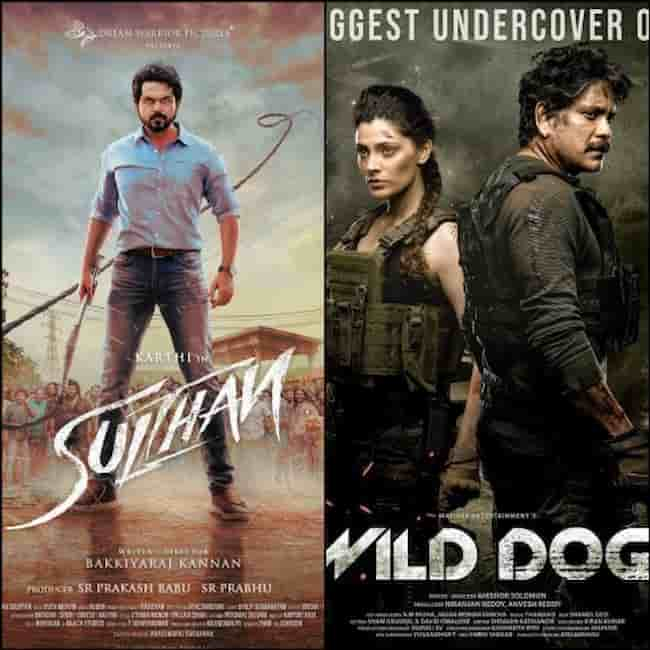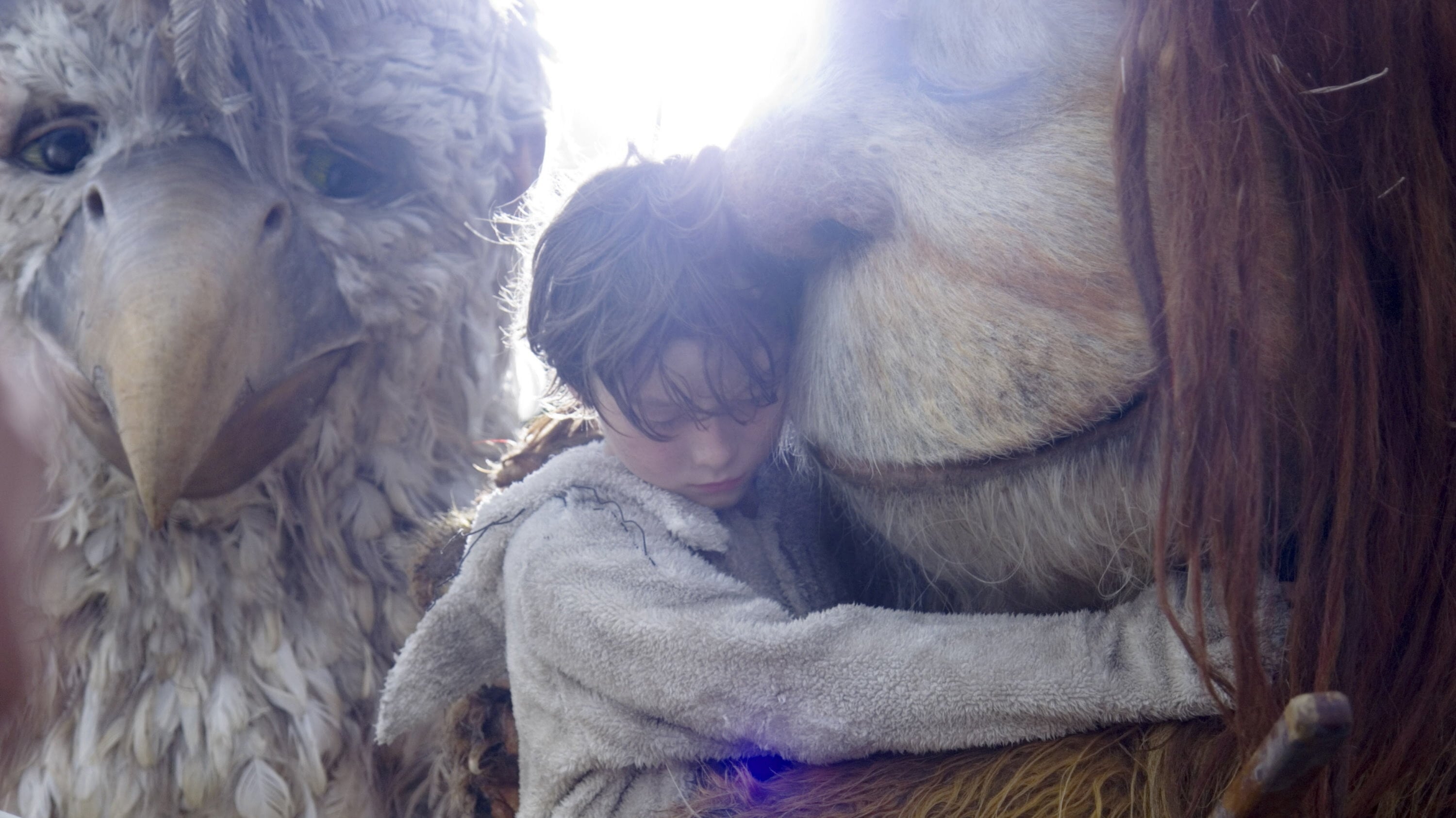
Most kids’ movies have a clearly defined plot and an unambiguous moral lesson Jonze’s film has about as much plot as an episode of “Jackass.” Most kids’ movies crackle with one-liners in “Where the Wild Things Are,” the characters talk over one another and spend a lot of time stumbling over their own words as they try to articulate their feelings.

Most kids’ movies are brightly, mouthwateringly colorful Jonze favored a mushy-vegetable palate of greens and browns. “Where the Wild Things Are,” in other words, cost about as much to make as did “Shrek” and “Madagascar,” and yet in almost every other way it represents a sharp departure from those family-friendly blockbusters. Jonze’s next most expensive film, “Adaptation,” cost only $19 million. The costume department alone was larger than the entire crew of “Being John Malkovich.” Variety put the film’s budget at $80 million, and other estimates go as high as $100 million. He shot in the forests of southern Australia, which required convening a crew of more than 150.

To bring Sendak’s characters to the screen, Jonze used a complicated mix of computer animation and giant monster suits. But it is clearly Jonze’s most personal film to date, and it is also his most ambitious. Just as in “Jackass,” characters smash things and throw things at one another. “Where the Wild Things Are” is arguably of a piece with Jonze’s earlier works it features moments of transcendent beauty and moments of profound silliness. And then, that summer, he decided to make his first big studio movie. Jonze, it seemed, was that rare breed, an American filmmaker who had managed to find mainstream success without doing anyone else’s bidding. In 2003, “Adaptation” garnered four more Academy Award nominations and one Oscar (Chris Cooper’s, for best supporting actor). Two years later, Jonze was an executive producer for “Jackass: The Movie,” a desultory collection of stunts and pranks that was made for just $5 million and became an unexpected hit, ultimately grossing more than $79 million at the box office. In 2000, “Being John Malkovich” was nominated for three major Academy Awards, including best director. Even so, the Hollywood establishment has largely embraced him. Jonze avoids Hollywood, preferring to stick close to the fashionably scruffy neighborhoods where he lives and skateboards (Los Feliz in Los Angeles and the Lower East Side in New York).
WHERE THE WILD THINGS ARE MOVIE MOVIE
When “Star Wars” had its first run in the movie theaters he went to see it eight times, but he didn’t see “Citizen Kane” until he was well into his 20s, he told me, and he has never seen a single movie by Howard Hawks or John Ford. He never went to film school - or, for that matter, to college. These miniatures, which Jonze considers to be of no less artistic merit than his longer works, will be celebrated next month as part of a 10-day retrospective at the Museum of Modern Art, an unlikely honor for a filmmaker with his background.
WHERE THE WILD THINGS ARE MOVIE TV
He is part of the first generation of filmmakers to come up through the music-video world - in the seven years between 19, he was named best director three times at the MTV Video Music Awards - and his inventive, adventurous style is evident not just in the Hollywood movies he has worked on but also in his videos, skateboard-company promos and TV commercials for companies like Ikea, Nike and the Gap. Spike Jonze, who is 39, has directed just two feature-length films, “Being John Malkovich” and “Adaptation.” Both were critical and commercial successes, praised for their originality and absurd humor, and yet they represent only a small fraction of the work that Jonze’s fans admire. Some readers pleaded with the studio: “Please please please follow through with the original.” Others took a more authoritative tone: “Do not turn ‘Where the Wild Things Are’ into something common and forgettable!” There were calls for fan solidarity and several threats of boycott, or worse: “I will personally face-punch anyone who stands in the way of this film being released.” Such variations aside, though, a common theme emerged: “Jonze is brilliant” “Jonze is an artist” “Trust Jonze!” The news rippled through Hollywood’s online underground. According to Faraci, executives at Warner Brothers had deemed an early cut of the film “too weird and ‘too scary’ ” and were now contemplating extensive personnel changes and reshoots.

In February 2008, a blogger named Devin Faraci led off a post on the Hollywood news site CHUD (Cinematic Happenings Under Development) with a solemn proclamation: “We’re on the verge of losing a movie.” He was referring to “Where the Wild Things Are,” a big-budget adaptation of Maurice Sendak’s classic picture book for children.


 0 kommentar(er)
0 kommentar(er)
